Disclosure: Some of the links below are affiliate links, meaning, AT NO ADDITIONAL COST TO YOU, I will earn a commission if you click through and make a purchase. Every $10 we earn, we’ll donate a dollar to animal shelters in need.
Table of Contents
Overview
Being a dog parent is one of the ultimate joys anyone can find fulfillment in. But if you’re like many of us, there is also one thing that racks our heads, not to mention our temper, off- the dreaded dog training phase. Just hearing the words “dog training” is enough to put any fur parent to an uneasy mood. Not only is dog training known to be tough, but most people don’t even know where to start and what to consider as well.
Rightfully so, dog training is a bit confusing for starters. For one, dogs have several choices with their training. Some fur parents may focus only on basic manners, while some may also be interested in letting them learn some special tricks and skills. Indeed, you have multiple choices, depending on what your dog may need.
But fear not, dear fur parents! We’re all too familiar with the struggle. That is why we have come up with a helpful guide perfect for any dog owner looking into starting dog training. Here, we have rounded up some of the most common concerns related to dog training.

Your Dog Training FAQs
What is dog training?
Dog training is the use of behavioral techniques to alter or change the behavior of a dog. It may be done to help them perform some tasks better or to domesticate them. But that’s just the simplest answer. For your best understanding, let’s dive deeper into what dog training is and the science behind it.
Dog training relies on science and not just on wit or luck alone. A psychologist named Dr. Ivan Pavlov developed the basis for dog training. In his animal behavior study, he learned how to condition dogs based on his whim by studying how they react to food and other components. What he did was to ring a bell before feeding the dogs. Doing so taught the dogs that a bell means food! Later on, even when Pavlov didn’t feed them, the dogs still unconsciously salivated when he rang a bell. Pavlov’s study was the conditioning that many dog trainers and behaviorists base their techniques on Pavlov’s study. Pretty easy, right? Err, maybe not.

Source: Instagram
When should you start training your dog?
The famous saying, “Teach them young,” does not only apply to human babies but also precious little new-born puppers. It also goes hand in hand with another saying, “You can’t teach an old dog new tricks,” and it certainly has some truth to it.
In general, you will already be unconsciously training your new-born puppy from the moment they are born. When they can already walk or open their eyes, some fur parents may already be adamant about training them right away. Do not be scared of overwhelming dogs; they are never too young to start learning! However, it is essential to note that puppies may have extremely short attention spans. This fact may frustrate you at first, but as early as seven weeks, you can already expect them to retain basic commands.
Although most formal dog training begins when dogs are at seven months of age, we would still recommend doing otherwise. We believe that young dogs, however naughty, are in a great position to learn how to behave and acquire skills properly. Starting them young will help to build the foundation of their adult behavior. When you do try to teach them at this stage, only focus on gentle techniques. You do not have to hold long training sessions as they may easily be distracted but do so regularly for the best results.
To get you started, the five essential things you can already teach your dog while they are still young are” potty training, sit training, “come” command, and “stay” command.
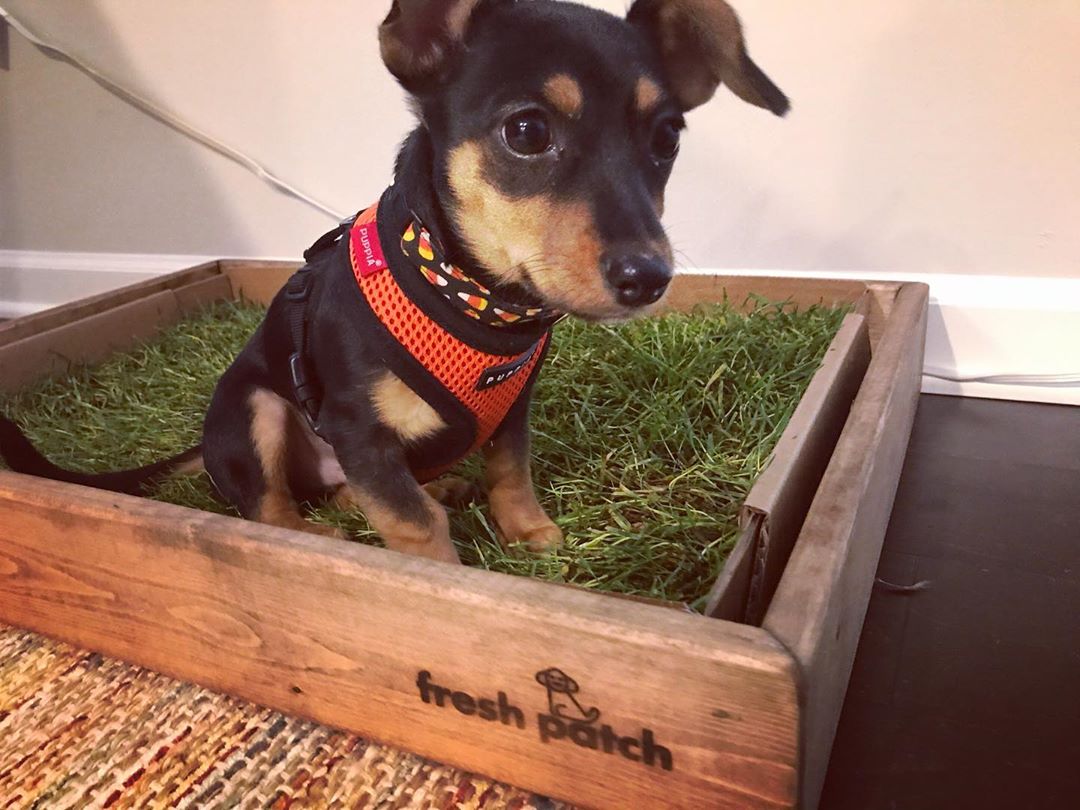
Source: Instagram
How do you achieve potty training?
If you’ve already had a pet before, you would know that this is one of the holy grails of dog training. Achieve this, and you’ll be able to take off a huge burden off your shoulders. For quick reference, it all boils down to three things.
– First, always praise or give a reward to your puppy whenever they manage to do their business in the proper places.
– If you do see them in the wrong location, make sure to interrupt them gently. Afterward, guide them to the correct location. It might take some getting used to and a lot of back and forth with your dog, but it will prove useful over time.
– Be patient and diligent in supervising. Try to be familiar with their schedule, so you always know when to check them.
How do you achieve “sit” training?
For most dog owners, this is arguably one of the most straightforward dog training commands. To do this, observe the following tips:
– Hold a dog treat near the nose of your dog (the smell will be divine for them!)
– Slowly move your hand upwards. Make sure your dog’s head follows the direction of the treat.
– Once you’ve observed that your dog is in a sitting position, firmly say, “Sit.” After, reward him with the treat.
Although the easiest, this can still take some time for your dog to master. It’s recommended to do this several times a day until your dog has fully absorbed the command. Once it’s done, you can start asking your dog to sit in whatever situation you want.
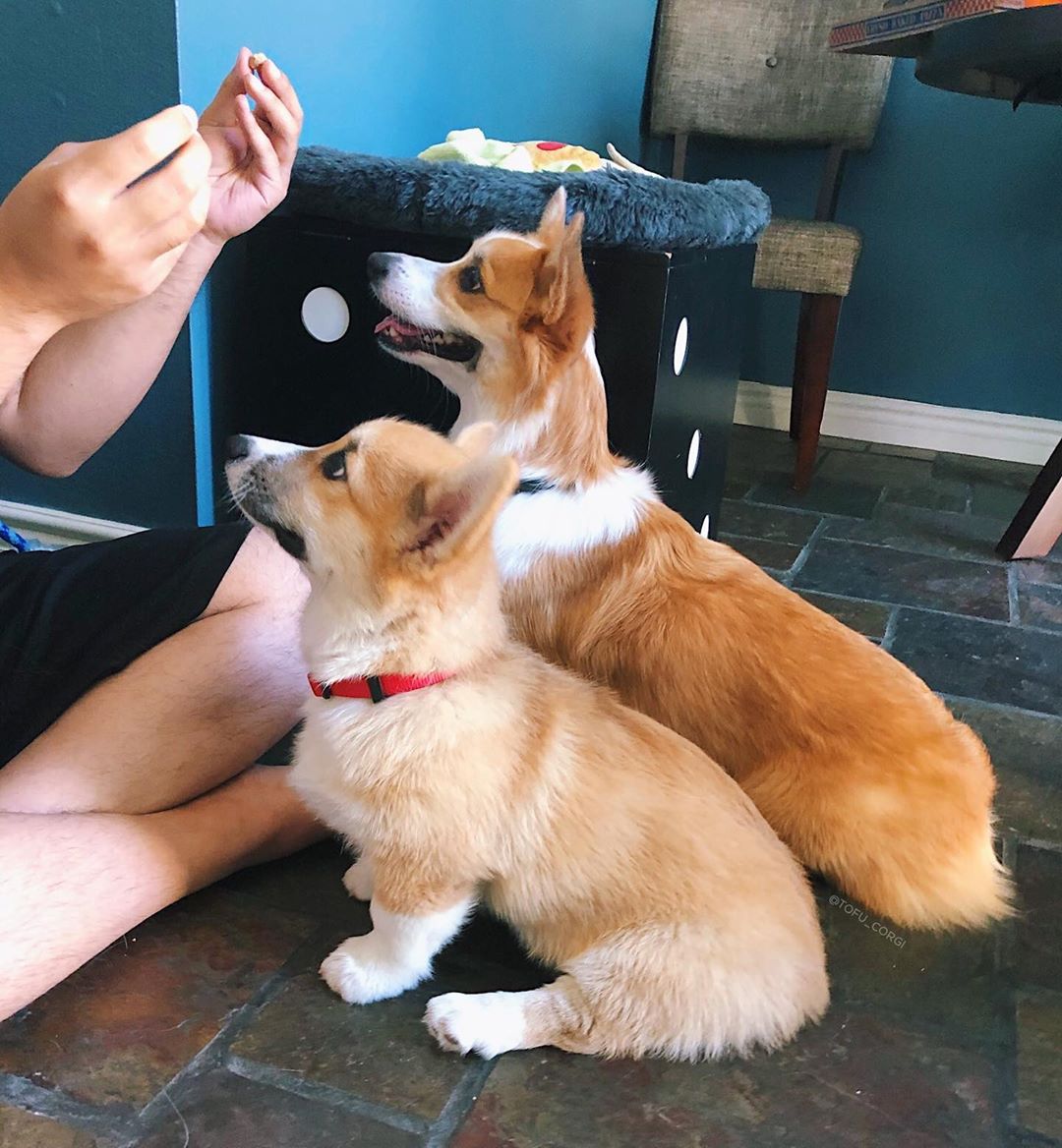
Source: Instagram
How do you teach the “come” command?
This dog training command is mostly useful when you want to keep your dog out of trouble. As a dog owner, our worst nightmare includes our dog suddenly running out of an open door and into several dangers. Follow these steps to teach your puppy how to stick with you:
– Have your dog on a collar and leash. However, gauge if your puppy is still too young or small for this. If yes, you might want to skip this until your dog is a little older.
– Once you have put your dog on collar and leash, level down with him while saying, “come.” As you do so, gently tug on the leash to encourage him to move towards you.
– When your dog already gets to you, reward him with treats and cuddles!
Unlike the previous command, this one is a little trickier and will require more time to master. But once your puppy has done so, you can slowly start taking off the leash and practicing the command without it. Goodbye, unwanted dog runaways!

Source: Instagram
How do you teach the “stay” command?
Before even getting started with this, your dog must master the “Sit” command first.
– To start, you have to command your dog to sit.
– Put your open palm out in front and command your dog to “Stay.”
– Take small steps backward while still holding out your hand in front of you and saying, “Stay.” If your dog stands up and walks toward you, repeat the process.
– If your dog stays, reward with a treat, of course!
After this, you can start to increase the distance you take from your dog before rewarding with a treat. Use this command in conjunction with the “sit” and “come” dog training commands for the maximum dog training effect.
While there are still many other dog training commands, these are just a few of what you can start teaching your dog at a young age. You can explore more complicated stuff once your dog has mastered all of these.

Source: Instagram
How much does dog training cost?
Unfortunately, most of the time, we can only teach our dogs the most basic of commands. Even other fur parents have trouble with basic training, which is where professional trainers come in. If you find that teaching your dog how to sit or stay still very difficult in itself, imagine the work that dog trainers have to do. Because of this, you can expect the cost to be quite hefty. But what are other things that affect the cost of dog training? Well, it also depends on other factors such as what might be the training your dog needs, its breed, or if you want them to acquire specific skills.
For one, a basic dog training session where you want your dog to learn basic commands might cost cheaper. This is in comparison to if you wish to more sophisticated skills or if your pet is relatively more aggressive than other dogs. Not to mention, a private class will cost significantly more than if your dog will be trained in a group.
What is private dog training?
This type of training is usually offered as an in-home service where the dog owner can work closely with the trainer. It is useful for when you have some exact instructions or specifications in mind. The benefit of this type of training is that you get to learn too. The trainer can also teach you how to train your dog, or how to identify your dog’s behaviors so that you understand them better.
Of course, prices vary. But on average, basing on website quotations we’ve gathered, the typical cost of a private dog training is at $90–$250/hour.
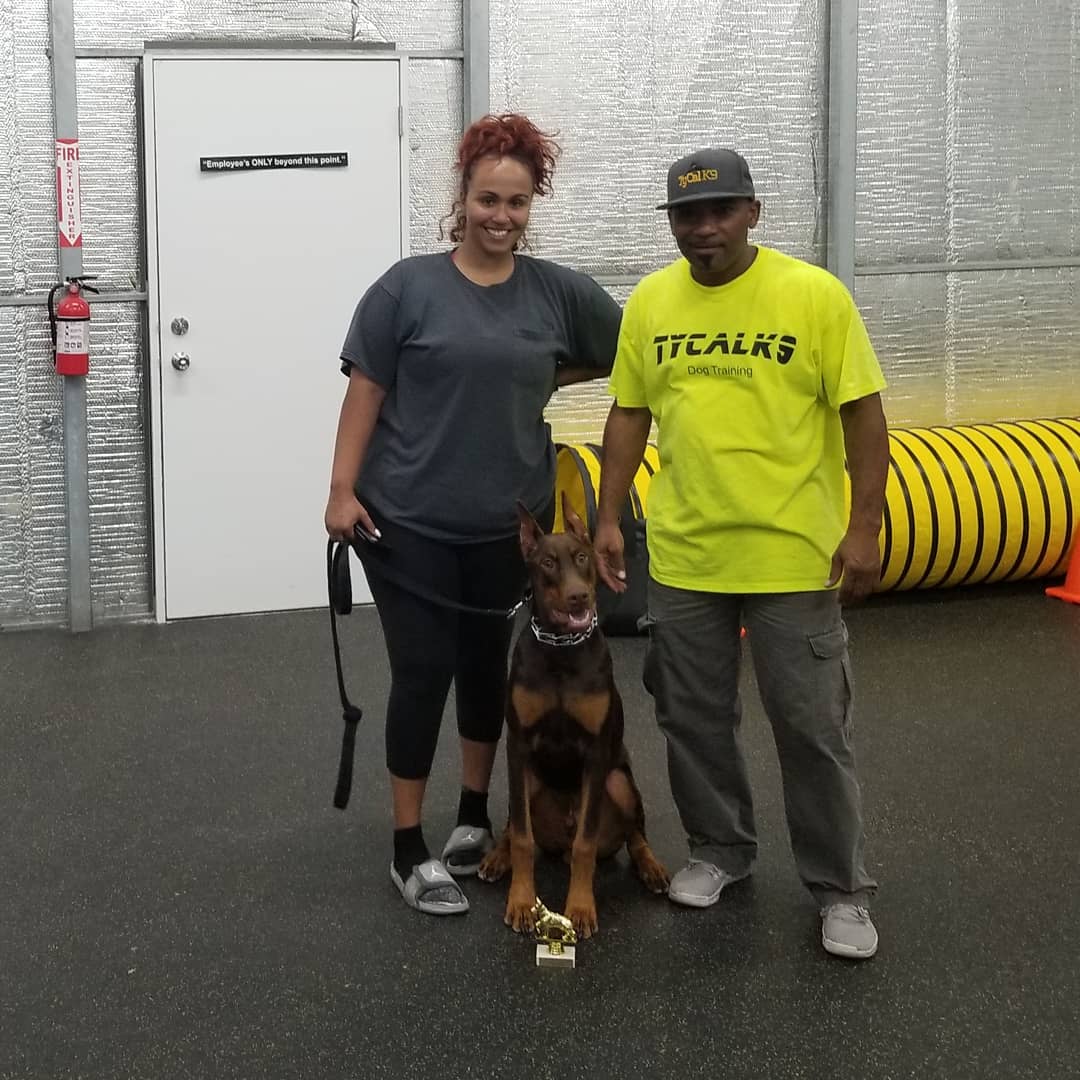
Source: Instagram
What is group dog training?
This type mostly consists of about ten dogs who work through a lot of training. This dog training can include basic commands or other group training techniques like sports. Just because this option does not offer one-on-one attention, it does not mean it is less effective. In fact, your dog can benefit a lot from socializing with other dogs. You may even learn a thing or two from other fur parents when you accompany your dog. We personally find that that group dog training has better long-term benefits for when you want your dog to retain training over time.
Unlike a personal session, group dog training does not typically charge per hour. Instead, it is charged per session at about $45 each. For two- to eight-week classes, group dog training can cost around $120–$600. If you wish to extend, the cost goes up from there.
That said, it’s crucial to remember that a dog trainer who charges more does not always mean they are more effective. Regardless, it costs a lot of money and will, therefore, require a lot of thinking beforehand. There are also other types of training: Service Dog Training and Dog Obedience Training, both with their own set of specialty and focus.
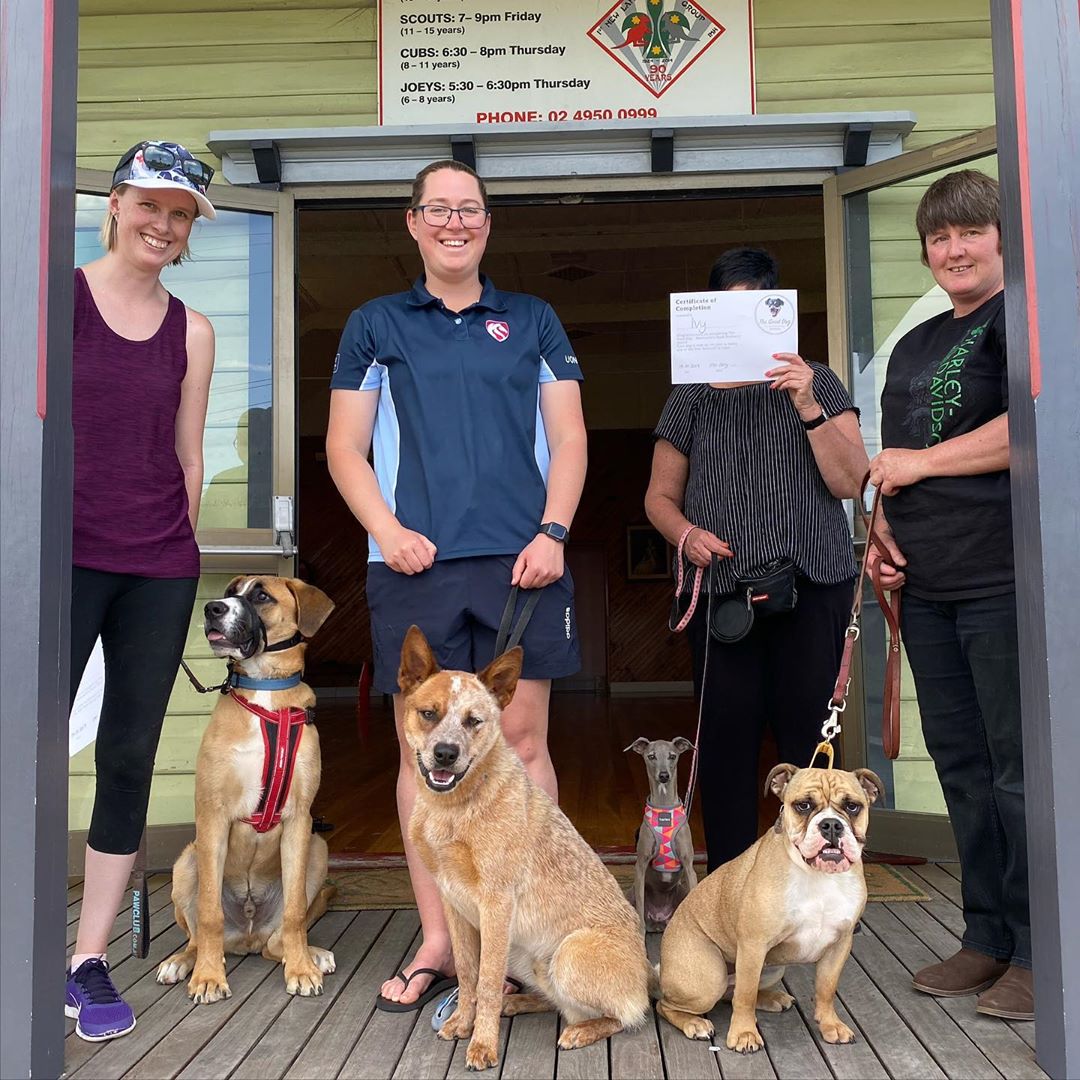
Source: Instagram
What is service dog training?
Service dogs are dogs that are specially trained to help a person with a disability. Disabilities can include visual or hearing impairment, post-traumatic stress disorder (PTSD) or other mental illnesses, diabetes, seizures, or impairment in mobility.
Service dogs are trained to perform specific actions when they need to. Every task that they do is almost always concerning the person they’re guiding. There are many types of service dogs, such as those who guide those with visual impairment or mobile impairment, seizure response dogs, or even emotional support or psychiatric service dogs for people with mental health concerns.
What are the characteristics of good service dogs?
The good news is that the law does not necessarily require a service dog to be professionally trained. If you have a disability, you have the right to train your dog yourself. A good candidate for this type of training are dogs that are:
– Calm in most types of environment and settings
– Alert and not just reactive
– Willing to please people
– Ability to learn and retain training
– No problems with socializing
– Reliable with repetitive commands or tasks
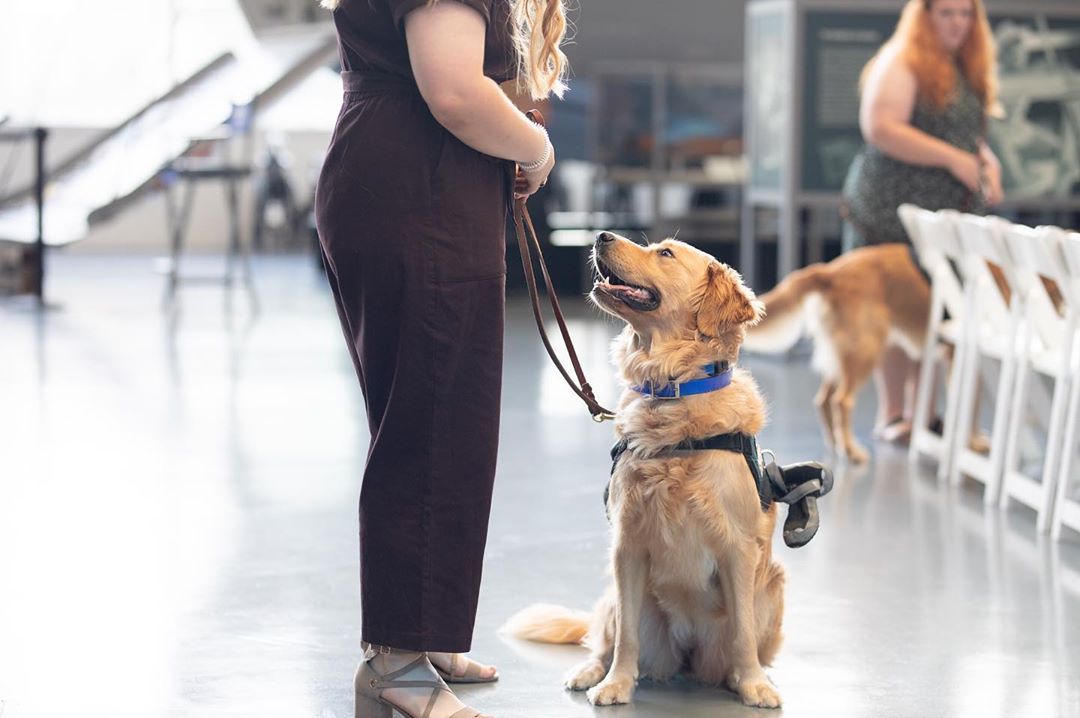
Source: Instagram
For Guide Dogs, they must:
– Be able to help avoid vehicles or other obstacles
– Provide signal when there are elevation changes (stairs, ramps, slopes, etc.)
– Be prepared to locate objects or people on command
– Carry or retrieve certain things
For Hearing Dogs, they must:
– Be able to alert when it comes to sounds and when there are other people present
– Retrieve items that are dropped
– Carry messages and information
– Be ready to warn when there are vehicles approaching
How should you proceed if you want to train your service dog?
Because of the in-depth training, they should have, hiring a professional special dog trainer might be best for some. After all, the safety of the person is also at stake. However, if you are still adamant in training your dog yourself, some guide is best to observe.
First and foremost, decide whether your dog is even fit to be a service dog. Any breed is eligible, but some make for a better service dog more than others. Breeds like Golden Retriever, Labrador, German Shepherd, Poodle, Pomeranian, and Collie, among others, are popular choices.
Second, establish a proper service dog training sequence. There are many things a service dog should know how to do, depending on the person’s disability. As a rule of thumb, the simple tasks should be grouped and taught first before the complex ones. The basic commands like “sit,” “stay,” and “come” should be mastered before service dog training.
After, observe how your dog reacts to a particular stimulus to which they might be exposed a lot. Place them in different environments and situations, too, and check if they get aggressive or remain calm. It’s essential to make sure that your dog follows your commands regardless of the situation.
Then, you may begin teaching even more specific actions or tasks.

Source: Instagram
If you think that teaching your dog how to sit or stand is hard enough, think again. Service dog training presents a whole new terrain, which will require truckloads of patience on your part. If ever you find yourself needing help, you can always ask professional dog trainers for assistance.
How much is service dog training?
Professional service dog training can be quite expensive. On average, it can cost you up to $10,000–$30,000, depending on the training your dog will require. If you only need your dog to learn basic things like for alerting, the cost to train them is cheaper. But for guide dogs or hearing dogs, the prices can hike up.
Hiring a professional trainer can be more convenient for you and your dog. It also shortens the amount of training time without compromising the quality. The amount of time you would need to train your dog will still depend on a lot of things: how fast they learn if they had prior training, training goals, and the time spent to teach specific things. One-on-one service dog training is costlier but is more hands-on. It ranges between $150–$250/hour. Because it costs a lot, it’s wise to teach your basic dog commands first before hiring a professional trainer.
Another option is to attend group training classes. It may include specific task training, manners training, among others. One class is $150, but it also varies depending on where you are. Since you will typically need at least a year of training, the cost for the first year can range from $3,700–$40,200. What’s good about this is that it can cost less than a personal dog training session.
You can benefit from the different options available through each session, which might expand your dog training experience. On the other hand, you might find the act of bringing your dog to group lessons very inconvenient. Your dog may also receive less attention, more so if your dog is not as energetic or lively as the other dogs.
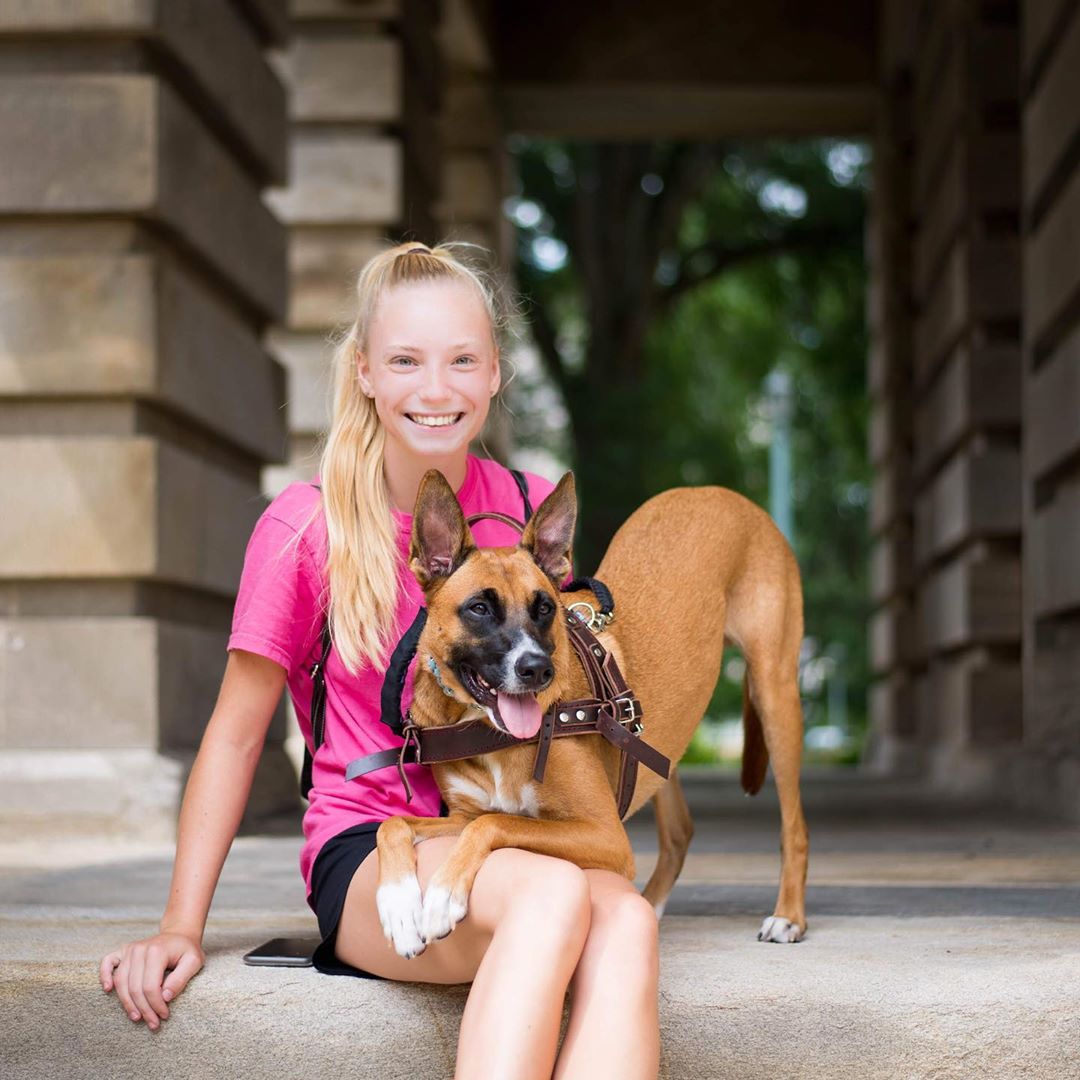
Source: Instagram
Each method here has its benefits and drawbacks. Every owner needs to come up with decisions that can meet their needs and financial situation. Aside from the cost of service dog training itself, remember that you are also budgeting for other supplies your dog regularly needs (food, vet, grooming, etc.).
What is dog obedience training?
Dog obedience training focuses on a slightly more specific set of behavioral training compared to general dog training. Whereas general dog training teaches dogs and puppies basic tricks and skills, dog obedience training ensures they learn to obey their owners more strictly. This type of dog training is advisable if you find yourself having trouble with your dog’s behaviors; They might chew your shoes, litter recklessly, runaway often, or bark loudly at the slightest triggers. Should you experience any of these, consider dog obedience training for your pet.
It defines obedience when the dog follows the owner (or handler) each time they give a command. Dog obedience training requires greater accuracy and a lot more complex commands compared to the typical dog training method. It can also be a lengthier process that depends on the level of obedience you want, the learning ability of your dog, and your commitment to training your dog.
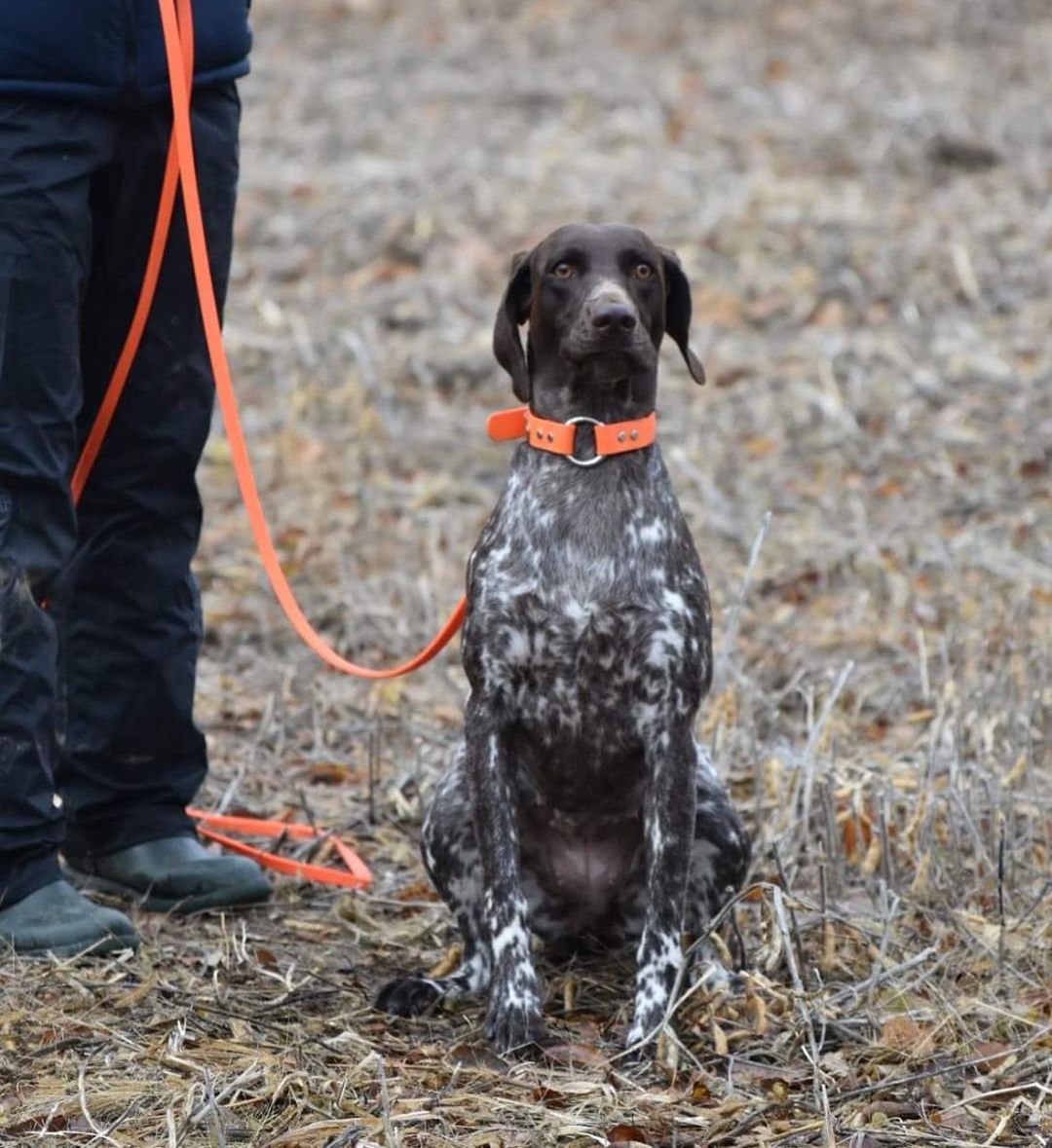
Source: Instagram
How much is obedience dog training?
The cost of obedience dog training does not stray too far from general dog training. There are private obedience dog training schools/professional dog trainers you can check. Training schools may range between $45–$125 per session. The cost is determined by several factors like the breed of your dog, age, and size. Your location, as well as the necessary adjustments for your dog, also contribute to the cost. Sometimes, training schools and dog training professionals offer initial evaluation before the actual training. However, this may also come with an additional cost.
What is a dog training collar, and how do I use it?
Many dog owners may find electronic dog training collars to be feasible for initial training. These are collars that produce mild electric current to the dog’s neck. They come with a remote control that owners/trainers can use to control the shock. This shock offers a mild stimulus to the dog to let them know when to do a specific action, or when to stop it. Trainers may find this useful for more stubborn dogs who might need more push.
Although it may sound harsh and unethical, dog training collars work much like how seat belt alarms do. Once you do not put on your seatbelt, the alarm beeps until you do so. Besides, the shock has given off by these collars only annoys dogs but doesn’t hurt them at all. With this, you can be confident that using dog training collars are perfectly safe.
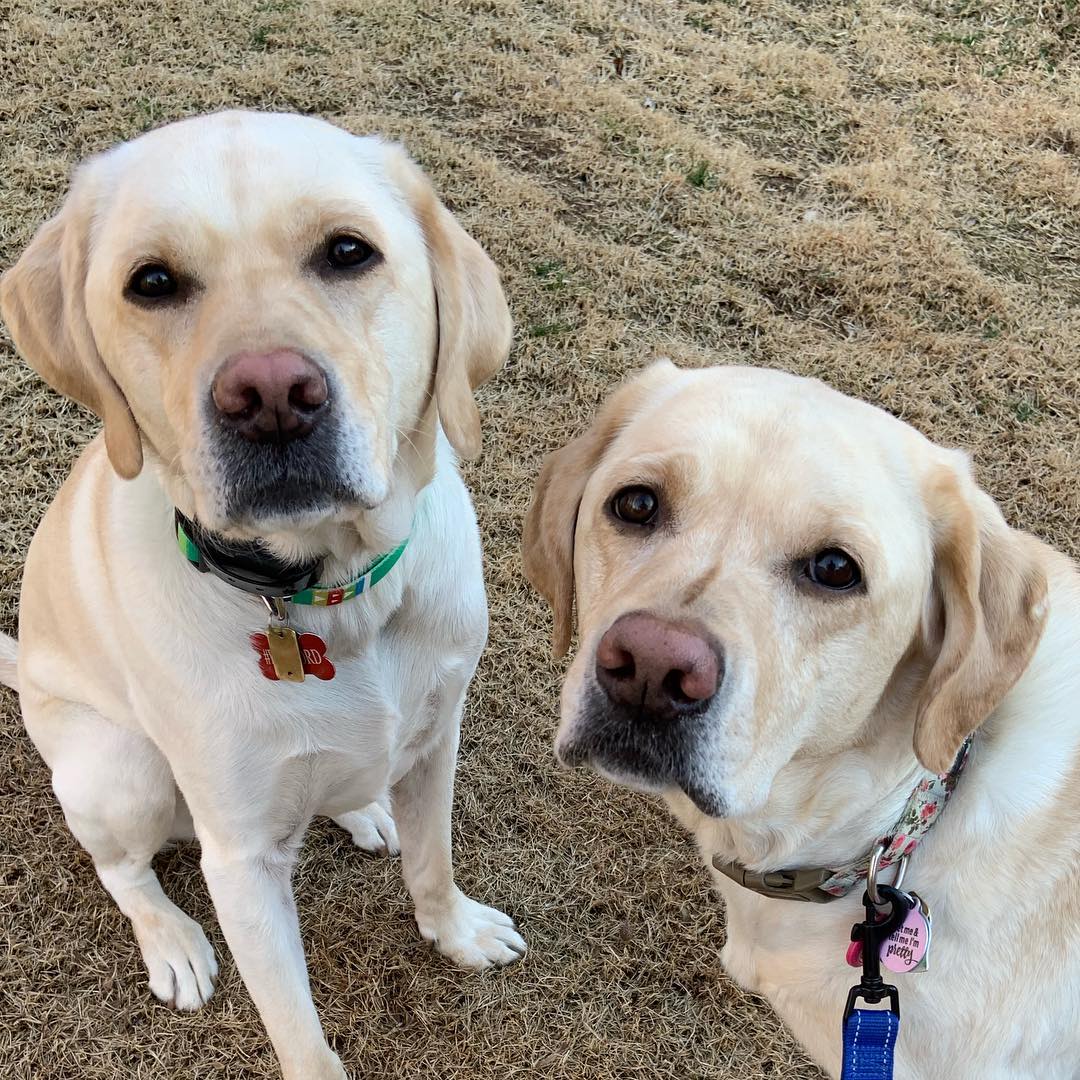
Source: Instagram
Using a dog training collar is fairly simple. Place the collar around their neck, making sure that it is neither too tight nor too loose. For a dog training collar to work, it must touch your dog’s skin to elicit a response. If your dog has a thick and long coat, you may want to put the collar a little tighter. Alternatively, there are brands with longer contact points to reach your dog’s neck. Once done, turn your remote to the lowest setting. Check to see if your dog responds—it must not be in pain but rather in slight confusion or mild irritability. Turn on the collar when giving out commands, and when they act accordingly, turn it off and provide them lots of praises and rewards.
The goal is for their annoyance to turn into obedience over time. The Furry Companions reminds you not to abuse the power and control this entails. Be responsible!
Why do you need treats for dog training?
This is an all too popular query for dog owners everywhere—and the answer is quite simple. Tracing back to Pavlov’s conditioning method, he used food as his main conditioning stimulant. It has been carried on up to today since food proves to be a highly-powerful motivator. Thus, giving treats makes it highly effective when it comes to teaching them new skills or simply training them to be obedient.
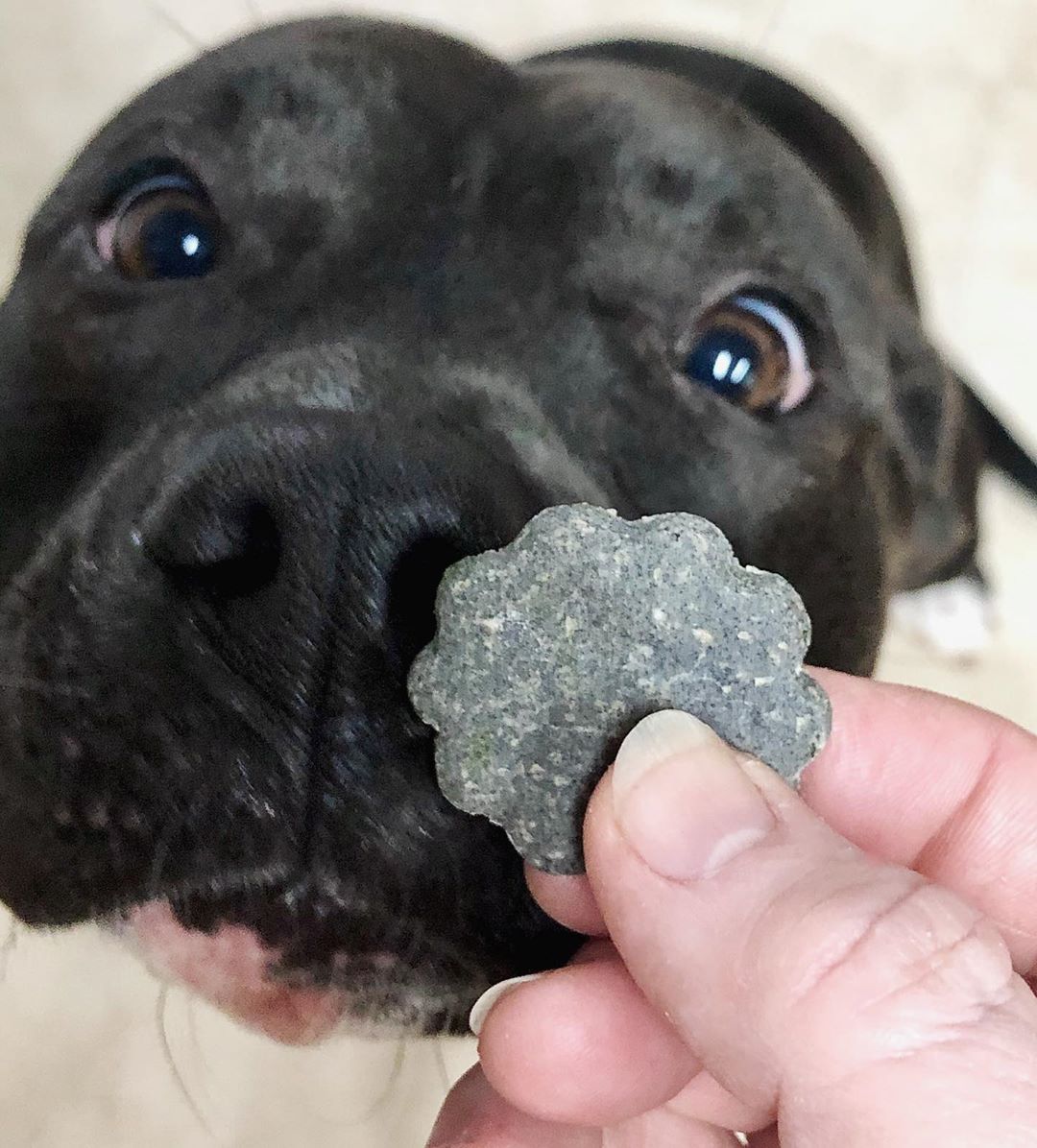
Source: Instagram
To ensure that the treats are effective, observe using small treats. Do not overdo it as it may cause more harm than good. Since dog training happens multiple times a day per week, it’s easy for your dog to become overweight if you go heavy with the treats.
Learn how to balance between rewarding and bribing your dog. Reward every small step of your pet’s progress until they complete an entire task. Gradually, your dog will realize what the treatment means and what it signifies. Lastly, try rewarding them with a variety of treats. Like humans, dogs enjoy options too! It will keep their interest going and will prevent them from getting bored from learning and dog training.
Final Words
This may seem a lot to take in, but the FAQs are sure to be helpful when you’re training your furry friend! You can also bookmark this article for future reference, if you have to train another pet or if any of your acquaintances have a new addition to their family! We hope The Furry Companion was able to help you out with your queries. Don’t be scared to explore the joys (and pains) of dog training. Take it from us; you will reap the rewards of having a well-trained dog later on. So, stock up on patience and treats, fur parents. Cheers, and have fun!
FAQs
What are the 7 commands to train a dog?
What are the 5 steps to train a dog?
What is the most effective method of dog training?
Is it too late to train a 1 year old dog?
Do dogs get sad when they change owners?
At what age can a dog not be trained?
How do I tell my dog no?
How long does it take to fully train a dog?
Can I train my dog myself?
How do you train a dog for beginners?

